
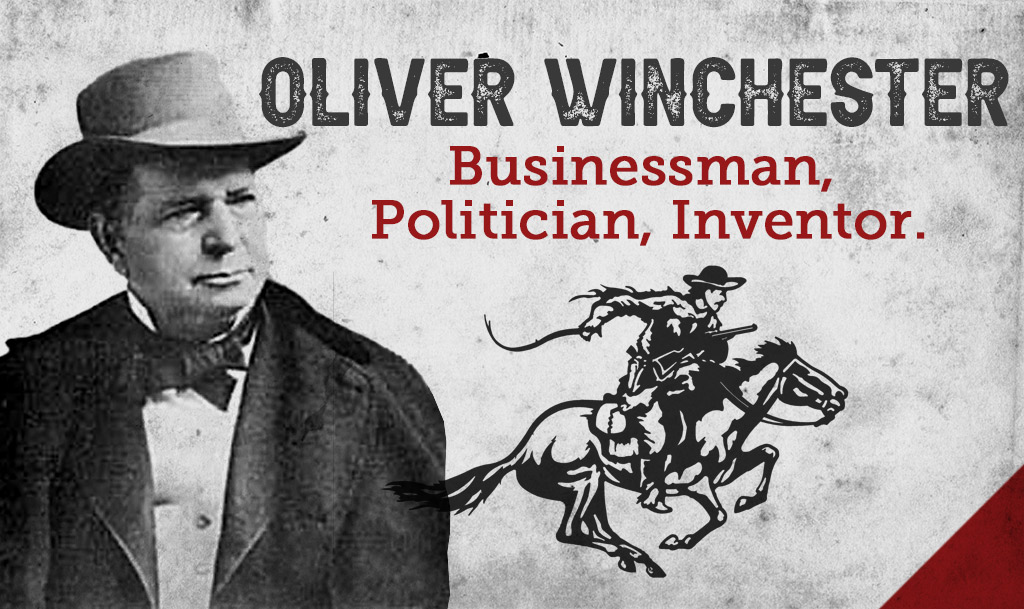
Oliver Fisher Winchester was an American businessman and politician who founded the Winchester Repeating Arms Company. Born November 30, 1810, on a poor Boston farm, Winchester initially worked various jobs, including carpentry, clerking, and farming, before establishing himself as a successful men’s shirt manufacturer.
As a teenager, Oliver trained to become a church builder, but in 1848, he moved to New Haven, Connecticut, and started a clothing manufacturing business. He patented a new type of dress collar and mass-produced it for men’s shirts in his factory. His success led him to start investing his money, and that would send his career in an entirely different direction.
Venturing Into Firearms Manufacturing
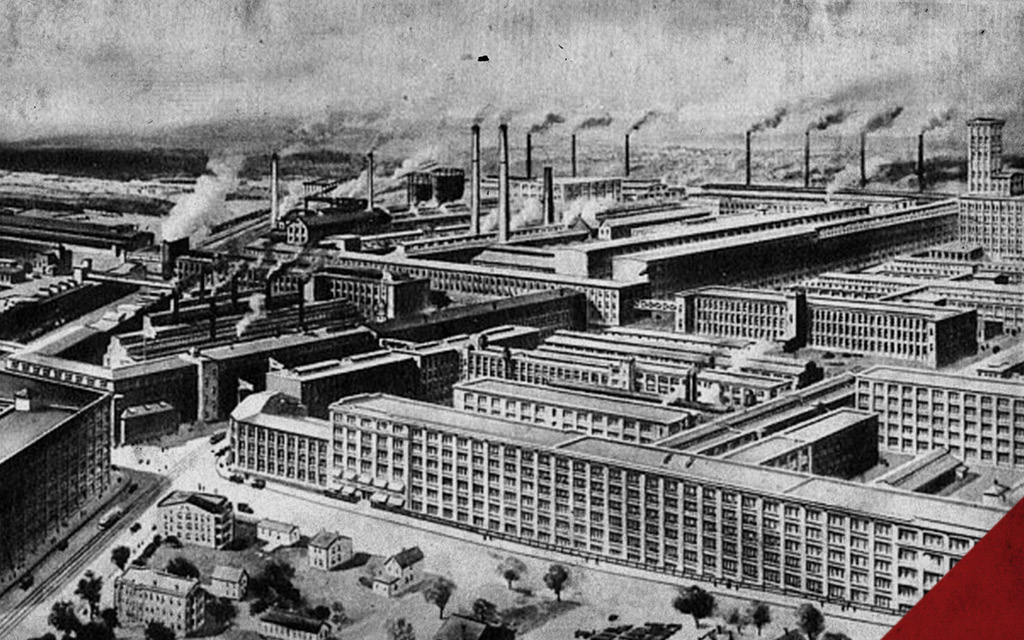
The Winchester Repeating Arms Company Factory in New Haven, Connecticut, covered 75 acres with more than 858 structures. (C. 1920)
In 1855, Winchester’s business acumen led him to invest in a division of Smith & Wesson firearms. He discovered the Volcanic Repeating Arms Company was struggling financially and falling behind, so he joined other stockholders and gathered venture capital.
He became the company’s largest stockholder and eventually reorganized it as the New Haven Arms Company in 1857. Under his leadership and working with engineers like Nelson King and Benjamin Tyler Henry, the company developed and improved lever-action rifle designs, including the famous Henry rifle.
Winchester improved existing weapons. His most famous firearm was the Winchester repeating rifle, a redesigned Volcanic rifle. Some of his guns appeared in the American Civil War and certain European conflicts.
In 1866, he named his business the Winchester Repeating Arms Company, which became renowned for its repeating rifles. His shrewd business decisions and ability to identify and improve upon innovative firearm designs made the company a worldwide success.
The Early Struggles: Oliver Winchester
Several significant challenges faced Winchester in the early years of his firearms company:
- Financial instability: When Winchester invested in the Volcanic Repeating Arms Company in 1855, it struggled financially. The company soon became insolvent, forcing Winchester to purchase its assets and reorganize it as the New Haven Arms Company in 1857.
- Poor product performance: The company’s early pistols and rifles used the Volcanic cartridge, but it performed poorly and was unreliable. The .25 and .32 caliber cartridges were no match for competitors’ larger calibers, resulting in sluggish sales.
- Oversupply issues: Other manufacturers skeptically regarded Winchester’s ambitious production goals of 200 guns per day. Because most gun owners only needed one or two guns in their lifetime, the market demand for firearms at the time was limited, making it challenging to sell large quantities.
- Erratic government contracts: Supplying weapons to the government was inconsistent work. Demand would be high during wartime, but it plummeted when hostilities ended.
- Competition: Winchester faced mounting competition from other manufacturers, such as Remington, which forced the company to innovate and continually improve its designs.
- Technical challenges: The company had to overcome issues with early rifle designs, such as the slow loading of rifled firearms compared to smoothbore muskets.
To address these challenges, Winchester relied on his business acumen, made strategic investments, and retained talented engineers like Benjamin Tyler Henry to improve their firearm designs.
Benjamin Tyler Henry’s Role in the Winchester Rifle’s Development
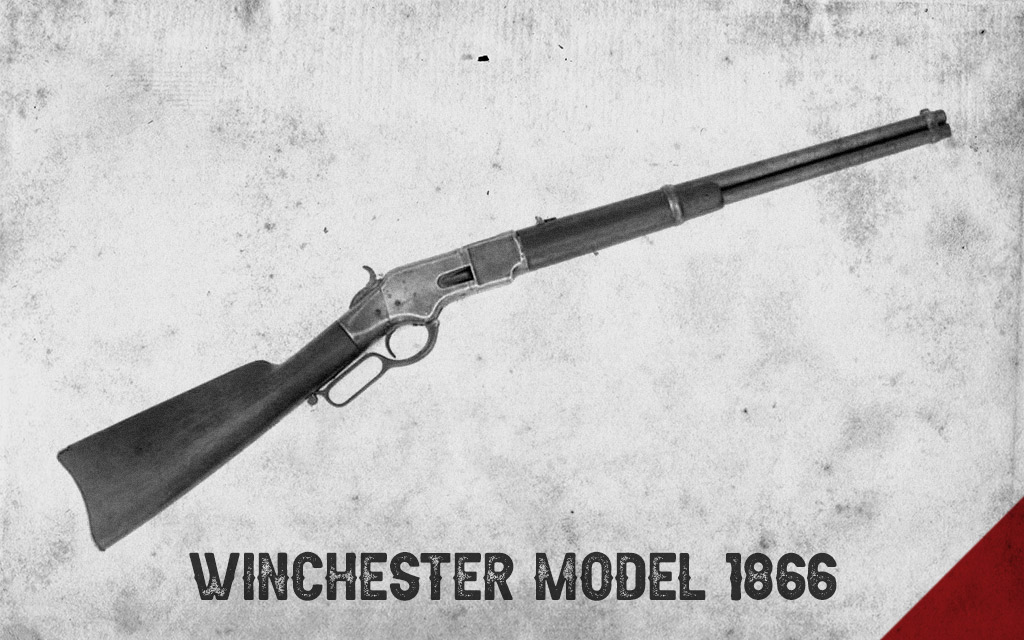
The Model 1866 “Yellow Boy” was originally chambered in .44 Henry rimfire.
Henry had a critical role in developing the Winchester rifle and was a key figure in the evolution of lever-action firearms. He initially worked with Horace Smith and Daniel B. Wesson on the “Volitional Repeater” at Robins & Lawrence Arms Company, laying the groundwork for future lever-action designs.
In 1860, Henry patented the Henry .44 caliber repeating rifle, which became the first reliable lever-action repeating rifle. This design proved its worth during the American Civil War.
Henry developed the .44 rimfire cartridge to address the poor performance of earlier ammunition used in Volcanic firearms. This significant improvement in ammunition design was crucial for the success of lever-action rifles.
The Henry rifle was the foundation for the first Winchester rifle, the Model 1866. Winchester modified and improved the basic design of the Henry rifle to create this model.
As plant superintendent of the New Haven Arms Company (which later became Winchester Repeating Arms Company), Henry oversaw the production and refinement of lever-action rifles.
Although Henry’s contributions were instrumental, his relationship with Oliver Winchester ultimately soured. In 1864, Henry tried to acquire New Haven Arms, leading to a dispute with Winchester. This conflict led Oliver Winchester to reorganize the company as Winchester Repeating Arms Company and further improve Henry’s design.
Oliver Winchester’s Leadership
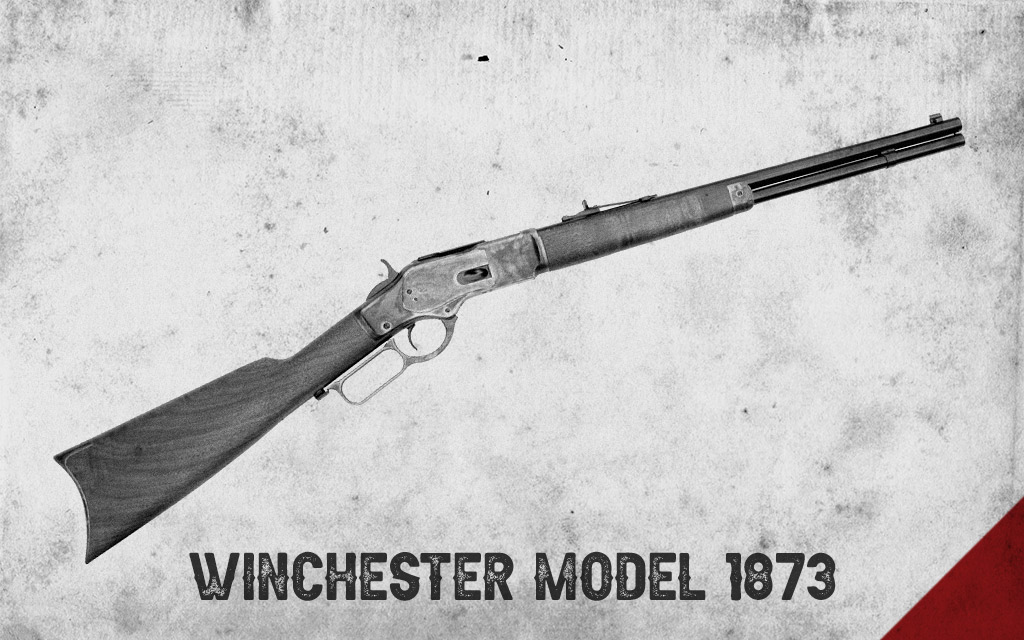
From 1873-1923 Winchester manufactured over 700,000 copies of the Winchester Model 1873 rifle.
Despite some early challenges, the Winchester Repeating Arms Company began to grow, and Oliver Winchester’s leadership profoundly impacted this growth.
It all started in 1857, when Winchester purchased the struggling Volcanic Repeating Arms Company and reorganized it as the New Haven Arms Company. This shrewd move laid the foundation for his future success in the firearms industry.
Winchester then hired talented people like Benjamin Tyler Henry as factory superintendent in 1858, and Henry’s work on the .44 rimfire cartridge and improvements to rifle design were essential to the company’s early success.
Even though he was not a technical expert, Winchester emphasized research and development. He assigned new product research responsibilities to highly qualified technical staff, ensuring the company remained at the forefront of firearms technology.
Winchester recognized the importance of manufacturing ammunition alongside firearms and immediately established an ammunition factory to meet the demand created by the Henry repeating rifle. This strategy ensured a steady supply of compatible ammunition for his Winchester rifles.
Winchester aggressively sought new markets and created new products, mainly capitalizing on opening the American West to settlement and helping the company grow and establish itself as an iconic brand.
In 1866, Winchester reorganized the company as the Winchester Repeating Arms Company. The company focused on improving and selling lever-action designs that became the best-selling of their time.
Under Winchester’s guidance, the company developed renowned firearms like the Model 1866 and the Model 1873, known as “the gun that won the West.” His leadership transformed Winchester Repeating Arms into an industrial empire built around lever-action rifles, setting the stage for its long-term success in the firearms industry.
Politics & Business Intertwined for Oliver Winchester
Oliver Winchester’s political career intersected with his business ventures at several levels. His significant local involvement began when he served as a New Haven City Commissioner, demonstrating his engagement in local politics while running his firearms company in the same city.
In 1864, Winchester was a Republican Presidential Elector, indicating his involvement in national politics during a crucial period for his firearms business. He was Lieutenant Governor of Connecticut from 1866 to 1867, coinciding with a significant period in his business. He had recently reorganized the New Haven Arms Company into the Winchester Repeating Arms Company in 1866.
His political positions likely provided Winchester with valuable connections and insights that could have benefited his business ventures, particularly in securing government contracts for firearms during and after the Civil War.
Winchester’s adeptness at balancing his political responsibilities with his business leadership was impressive. His involvement in politics at various levels while leading his firearms company showcases how his business acumen and political engagement were intertwined. These interactions potentially created synergies that contributed to his overall success, a testament to his strategic thinking.
The Personal Life & Death of Oliver Winchester
In 1834, Oliver married Jane Ellen Hope. They had two daughters, Ann Rebecca Winchester and Hannah Jane Winchester, and a son named William Wirt Winchester.
Oliver Winchester passed away on December 11, 1880 at the age of 70. His body rests in the Evergreen Cemetery in New Haven. After his death, Oliver’s son William inherited the company, but he died from tuberculosis a year later. William’s wife, Sarah, used the inheritance to build a mansion in San Jose, California. The estate became known as the Winchester Mystery House and became a California Historical Landmark.
The rifle company changed ownership throughout the years and was particularly successful during World Wars I and II. Today, the Olin Corporation owns it, but the name is also licensed by the Browning Arms Company of Utah and the Fabrique Nationale of Belgium.
Oliver Winchester’s Legacy
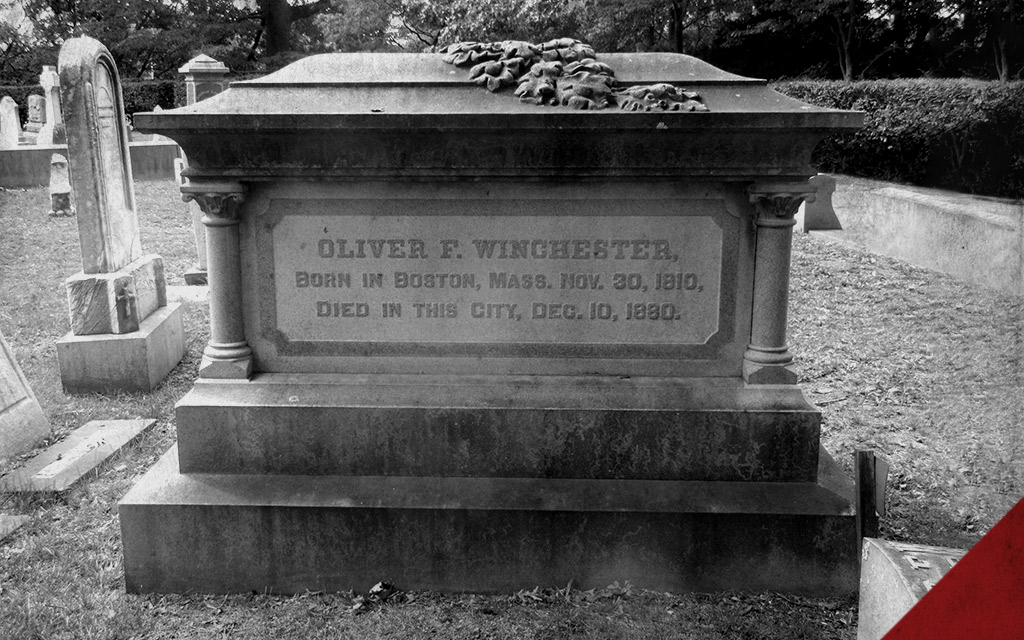
Oliver Winchester is buried at Evergreen Cemetery New Haven, New Haven County, Connecticut.
Winchester’s legacy spans the firearms industry, American history, and business innovation. His inventions have revolutionized the firearms industry as we know it today, most notably the lever-action rifle, such as the famous Winchester Model 1866 and Model 1873. These rifles became iconic symbols of the American West and would have a profound impact on firearm technology.
He redirected the New Haven Arms Company into the worldwide success that became the Winchester Repeating Arms Company. This company is one of the most successful firearms and ammunition manufacturers because it focuses on research, process, and innovation.
Winchester’s emphasis on thorough recruitment, acquisitions, and expansion enabled him to easily venture into firearms after starting with shirt manufacturing, thus establishing an industrial empire.
The Winchester name became synonymous with rifles and firearms, deeply embedded in American culture and history. His company’s products facilitated the settlement of the American West, while his innovative techniques, such as interchangeable parts and assembly-line production, made firearms cheaper, more accessible, and more efficient.
Despite the brand’s challenges in the latter years of the original Winchester company, the lasting importance of Winchester and its impact on the firearms market and culture reveal the true legacy of the name.


